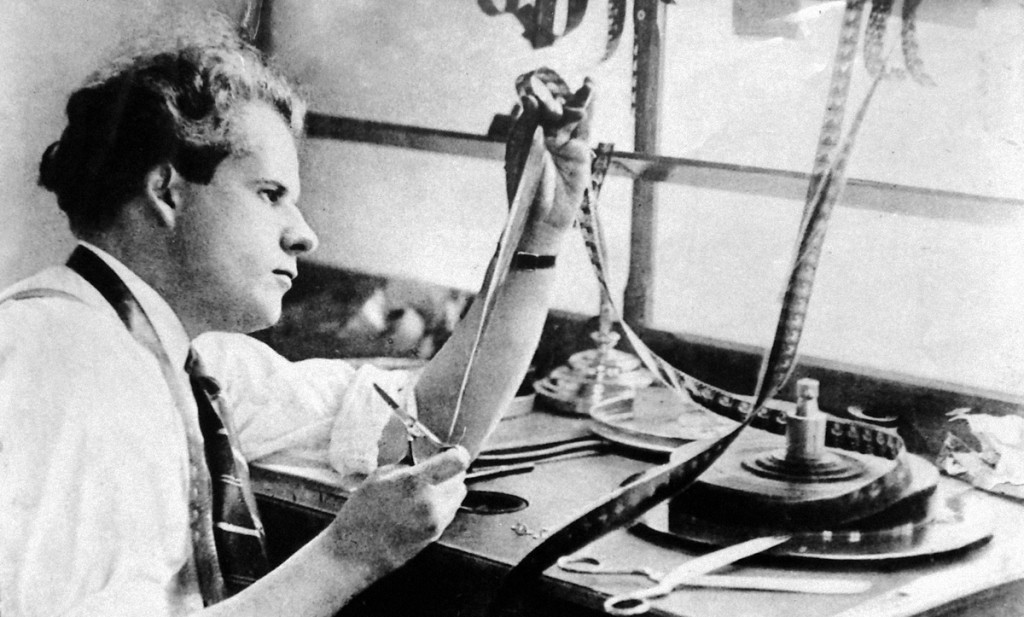Posted by Eric Meiring

Soviet Filmmaker Sergei Eisenstein
During our meeting this week, the conversation shifted to the way art can affect the perception of the viewer, and, in turn, how these perceptions can be manipulated by the artist.
An extremely important example of this manipulation is the Kuleshov Effect. The Kuleshov Effect was developed by Soviet film theorist and director Lev Kuleshov during the 1910s and 1920s. An editing technique, and a theoretical precursor to modern montage, the Kuleshov effect is a mental phenomena in which the viewer derives more meaning from multiple shots back to back, than from a single shot alone. Kuleshov’s films demonstrated that when a static shot of a man’s face is shown in combination with another shot, the viewer’s interpretation of the man’s expression is dramatically altered. When the man is preceded by a bowl of soup, viewers see the man’s expression as hungry; When the man is preceded by a girl in a casket, viewers see the man’s expression as sad. Critics hailed Kuleshov’s editing techniques as innovative and emotionally powerful; of course, the man’s face was still a completely static shot. Here, Kuleshov’s theory and technique was proven valid and effective even under the highest level of scrutiny.
This theory was later expanded upon by Kuleshov’s student and master director Sergei Eisenstein. Kuleshov’s theory appears in the opening sequences of Eisenstein’s masterpiece, “The Battleship Potemkin,” and is made use of throughout the film. The modern montage owes much of its existence to these two filmmakers, and montage’s ability to affect and influence the viewer is an important structure to remember when interpreting a work of art.
The Kuleshov Effect: